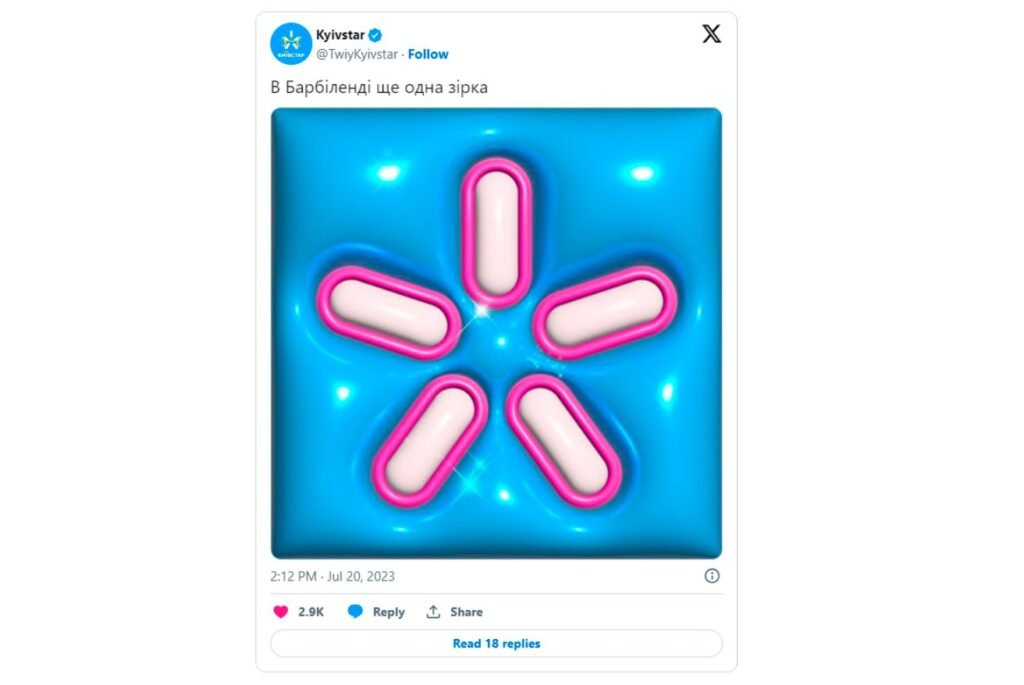Situational marketing is a dynamic strategy that uses current events, trends and behaviors to create relevant and timely content. This approach allows brands to establish an emotional connection with the audience and increase recognition in the market.
Advantages of situational marketing:
- Quick response to events and trends.
- Increasing the relevance of content for the target audience.
- Creating a viral effect and increasing reach.
- Increasing brand loyalty.
- Increase in sales.

How to use situational marketing:
- Follow current events and trends in your field.
- Analyze the behavior of your target audience.
- Create creative and timely content.
Use different channels to distribute content:
- Social networks
- Website
- Advertising
Track results and make adjustments. Monitor the effectiveness of your advertising campaigns and constantly improve them.
Examples of situational marketing:
- A clothing brand can create a collection dedicated to a popular TV series.
- The restaurant can offer a special dish in honor of a public holiday.
- A sportswear brand can launch an advertising campaign with a famous athlete who has won an important sports competition.
- Brands can make humorous posts by tying it to a certain event



Situational marketing is an effective tool that can help you increase your brand awareness, attract new customers, increase sales and strengthen the emotional connection with your audience.
In addition, situational marketing can help you:
- Increase the level of engagement of your audience.
- Create a positive image of your brand.
- Differentiate from competitors.
Situational marketing is not just a fashion trend, it is a necessity for any brand that wants to be successful in today’s world.
Contact the marketing center NEXT, and we will help you develop an effective promotion strategy for your brand!


